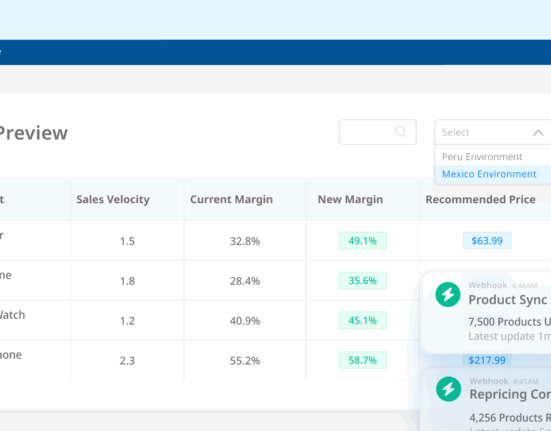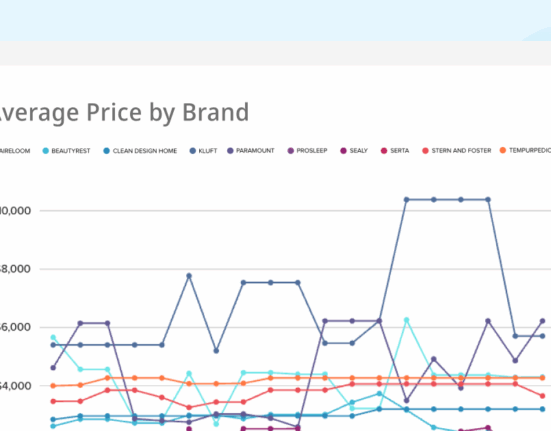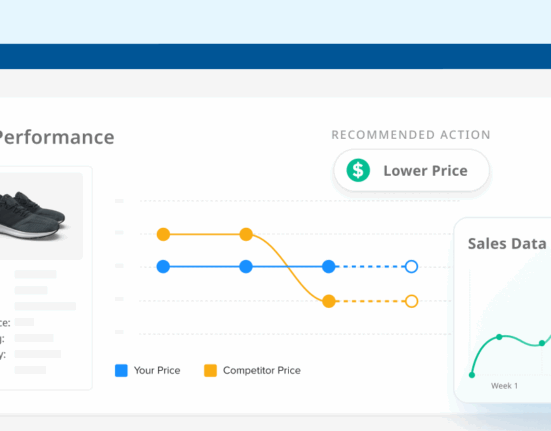The food industry has undergone massive transformations over the last few years. Mobile payments and rewards, the drive to provide healthier options, and consumers’ demand for fast service without compromising on quality have affected every type of restaurant.
Quick service restaurants in particular have had to respond to the rise of fast-casual dining. Restaurants like Chipotle, Panera, and Blaze Pizza brought quality ingredients, tech-enabled customer experiences, and hip marketing to the dining public. Even quick service heavyweights like McDonald’s, Burger King, and KFC have had to respond by radically changing their models.
In this article, we’ll look at what quick service restaurants can do to grow their businesses while staying true to what consumers have always loved about them.
Leverage Digital Marketing Channels, But Don’t Ignore Traditional Ones
Digital marketing channels have made it easy to reach a wide range of customers without the costs that traditional media would typically run you. Best of all, digital marketing channels are much easier to track results on thanks to analytics solutions that give you actionable data on what’s working and what’s not.
Local ads on Google, SMS marketing with location-based messaging (sometimes referred to as proximity marketing), social campaigns with influencers, and other digital strategies can help you reach a wide audience and draw people into your restaurants.
Additionally, setting up online ordering and delivery platforms will expand your reach to digitally-savvy, younger consumers who are more likely to want contactless payments and ordering. Uber Eats, DoorDash, and others may be delivery platforms, but they are also key discovery portals as well. You don’t want to be invisible there.
It’s easy to get lost in the excitement around the latest marketing channels and forget the tried and true traditional marketing methods. Free samples, field marketing, charity events and sponsorships, and other channels are a great way to reach local audiences and build your brand in the communities your locations are in.
One of the most important things you can do for your brand is to reward your best customers.
Differentiate Your In-Store Experience
A differentiated in-store experience is a powerful way to build brand awareness and recognition. That’s why it’s worth asking what you can do beyond the typical service model of order, pay, eat without distracting from those core activities. For example, McDonald’s now has its own proprietary TV channel. Dunkin’ has its own radio station that plays Top 40 hits and trivia while you wait for your food and drink.
Differentiation doesn’t necessarily have to be anything as grandiose as a TV channel. Think of how some of the most successful restaurants do it. Sonic has a drive-up model. Chick-fil-A prides itself on the friendliness of its staff. Moe’s has its staff shout “Welcome to Moe’s!” when you walk into a restaurant. Something simple and memorable can be a significant differentiator for quick service restaurants.
Develop a Loyalty Program
One of the most important things you can do for your brand is to reward your best customers. Launching a loyalty program is powerful because it gives your top customers a reason to keep coming back. Whether it’s sneak peeks at new offerings, coupons based on their purchase history, or sending little gifts to customers who reach a certain spending threshold, a loyalty program can be a major growth lever for a QSR.
Loyalty programs get even more effective when they’re combined with mobile payments. Giving customers a way to pay and track rewards in one place makes ordering and using rewards easy while giving you a treasure trove of customer data for promotions and menu optimization. This convenience will benefit your most frequent customers because it takes the friction out of a key part of their days.
The undisputed master of successful loyalty programs is Starbucks. By 2017, roughly 30 percent of Starbucks sales came through their app, per a report from GeekWire. As consumers grow more accustomed to using their smartphones for payment and rewards management, your QSR is likely to see the same trend if you are able to implement a similar system.
A loyalty program doesn’t have to be complicated or even tech-enabled. The classic punchcard approach, where customers who reach a certain number of holes punched in a card get a free or discounted meal, can be extremely effective.
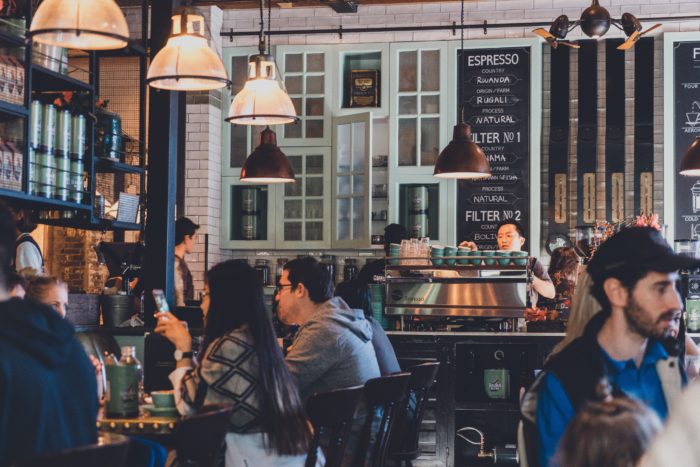
Maintain Consistency Across Locations
Serving a great meal to a happy customer is a wonderful feeling. Doing it hundreds, if not thousands, of times every day across your locations is even better. Yet, consistency across locations and different shifts is not easy to do or maintain.
When you think about the most successful fast-food chains—McDonald’s, In-N-Out, Chick-fil-A, Chipotle, and so on—what is most remarkable about them is their ability to be consistent. Whether you go to a rural location or a bustling inner-city one, the level of service and quality of food is relatively the same.
This is easier said than done, but by standardizing service and food-handling processes, staying on top of inventory management, and providing ongoing training to the latest techniques and standards, you will put yourself in a position to keep customers happy no matter where they interact with you.
Track Customer Sentiment Often
As a quick service restaurant owner, one of the worst things you can do is wait for something to be glaringly wrong before you take action. It’s important to keep a continuous stream of customer feedback coming in as often as possible so you can keep a pulse on what your customers love and dislike about your business.
This isn’t too difficult to do manually if you have one location, but scaling up a customer feedback mechanism can be incredibly difficult once you have a few locations up and running. One way to start collecting and analyzing customer feedback is through a retail auditing platform. This will give you visibility into your performance across locations as it pertains to service, food quality, promotions, and more.
Having this information on hand allows you to quickly adapt to changes in customer sentiment and ensure you’re always able to spot marketing opportunities or customer experience enhancements.
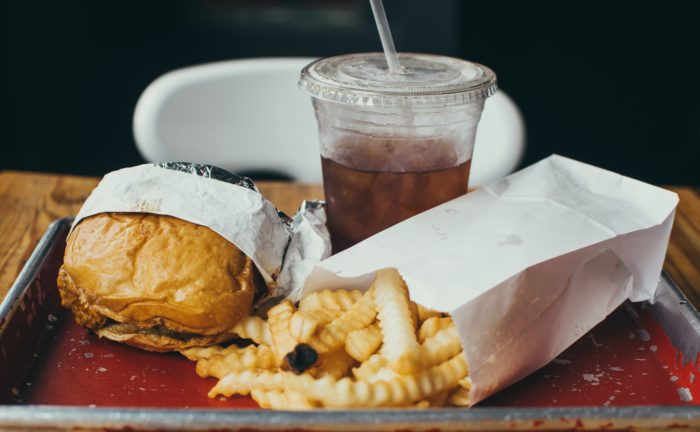
Understand the Competitive Landscape
As a QSR, you’re not just facing competition from other restaurants in the quick service space. Fast-casual, limited-service, fast food, and casual restaurants are also vying for the same groups of consumers.
A QSR has its own relative advantages and disadvantages when compared to those other business models, but it’s worth focusing on what you can do well compared to them. One area where a QSR can shine is price. A price intelligence solution will give you the data you need to understanding pricing across the competitive landscape. If you notice that your competitors are winning on price for items comparable to what you offer, you can quickly reprice your menu.
Reduce Shrinkage
Shrinkage occurs when inventory goes missing, or shrinks, due to employee theft, customer theft, vendor fraud, or cashier error. A few free drinks, extra portions, misplaced cash—all of these come directly out of your profits. Whether it’s inadvertent or intentional, shrinkage can be a major obstacle to growth if left unchecked.
Trying to grow your QSR without reducing shrinkage is like taking two steps forward and one (or more) step back. Standardizing procedures, limiting access to inventory to a few card-carrying employees, and automating your cash handling solutions can be powerful ways to reduce shrinkage across your locations.
Quick service restaurants are still a major part of the food industry, and recent changes in consumer tastes have not stopped them from adapting. While the industry is more competitive than ever, leveraging technology and keeping the customer at the forefront of all decisions can unlock new growth opportunities for even the biggest QSRs.






